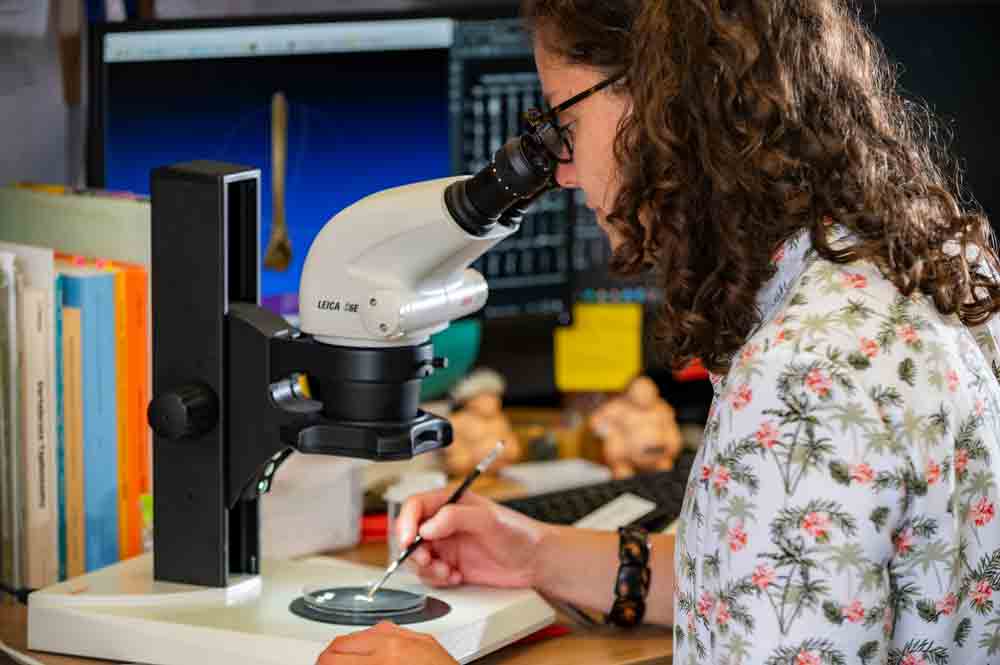Florida retains the most complete fossil record of anurans from North America that extends from the Oligocene to the Pleistocene eras, researchers say.
A study of frogs from the late Late Oligocene period in Florida found that frogs of the genus Eleutherodactylus dispersed from the Caribbean into North America over water. The researchers say the fossils of Eleutherodactylus from this period represent the largest category of frogs in Florida.
The paper notes that the establishment of these species in Florida were influenced by changes in climate and ecology and these changes worked on differing geographic scales. The researchers compared Eleutherodactylus fossil specimens from the Brooksville and Live Oak localities in Florida, both which are of the Late Oligocene era. They identified 174 Eleutherodactylus frog fossils collected in Brooksville 1994, and three frog ilia, or hip bones that were collected in Live Oak back in 1974.
Puerto Rico’s Coquí Frog Is Oldest Frog In Caribbean
They compared these fossils with that of bones of fossils and extant frog genera from North America and the Caribbean. Three dimensional reconstructions based on CT-scans as well as specimens preserved in fluids were examined to estimate measurements such as body size and length. The fossils studied in the paper range in body size from 16.8 to 29.8 snout urostyle length.

The researchers studied 174 Eleutherodactylus frog fossils collected in Brooksville 1994, and three frog ilia, or hip bones that were collected in Live Oak back in 1974.
The researchers say that the fossil record in Florida from the Oligocene period confirms that the North American anuran fauna of the Cenozoic era originated in North America or came to the continent via Asia, South America, or, as detailed in this study, the Caribbean over water. They note that Florida retains the most complete fossil record of anurans from North America that extends from the Oligocene to the Pleistocene eras.
An abstract of the study, “Fossil frogs (Eleutherodactylidae: Eleutherodactylus) from Florida suggest overwater dispersal from the Caribbean by the Late Oligocene” can be read on the Zoological Journal website.



